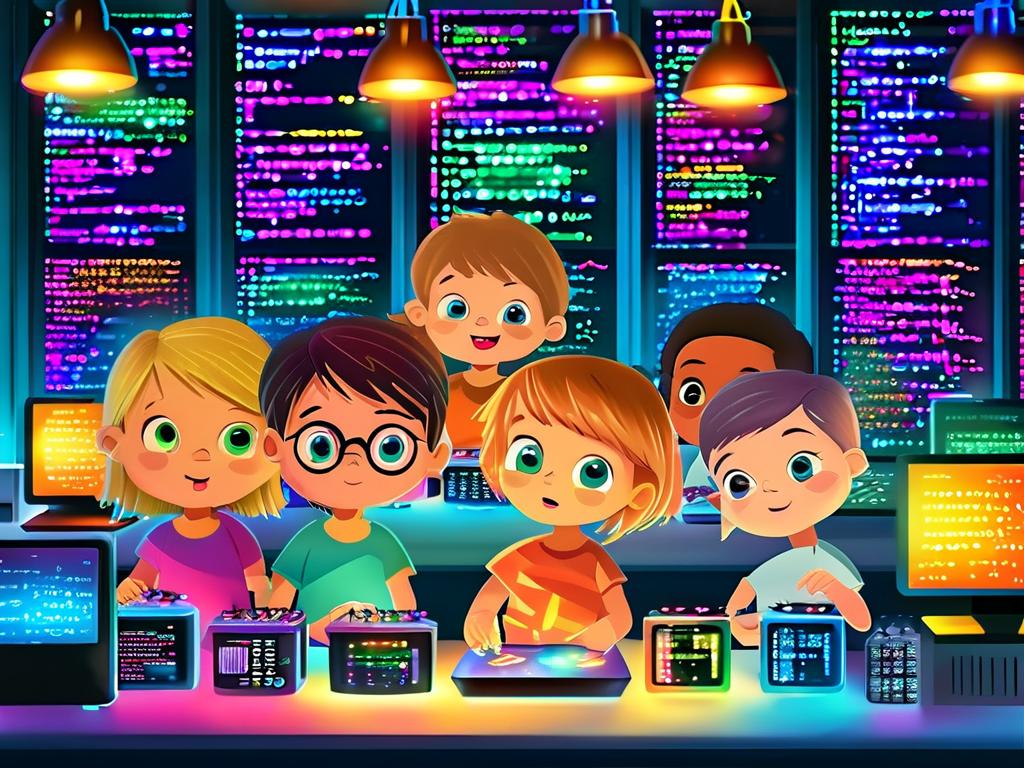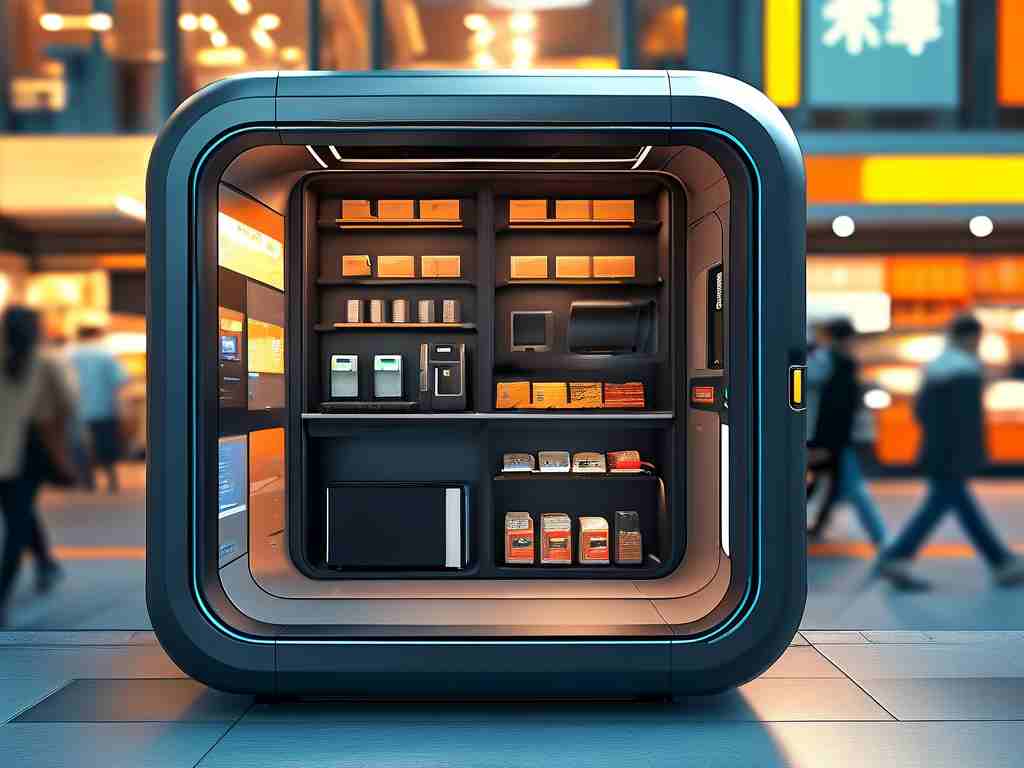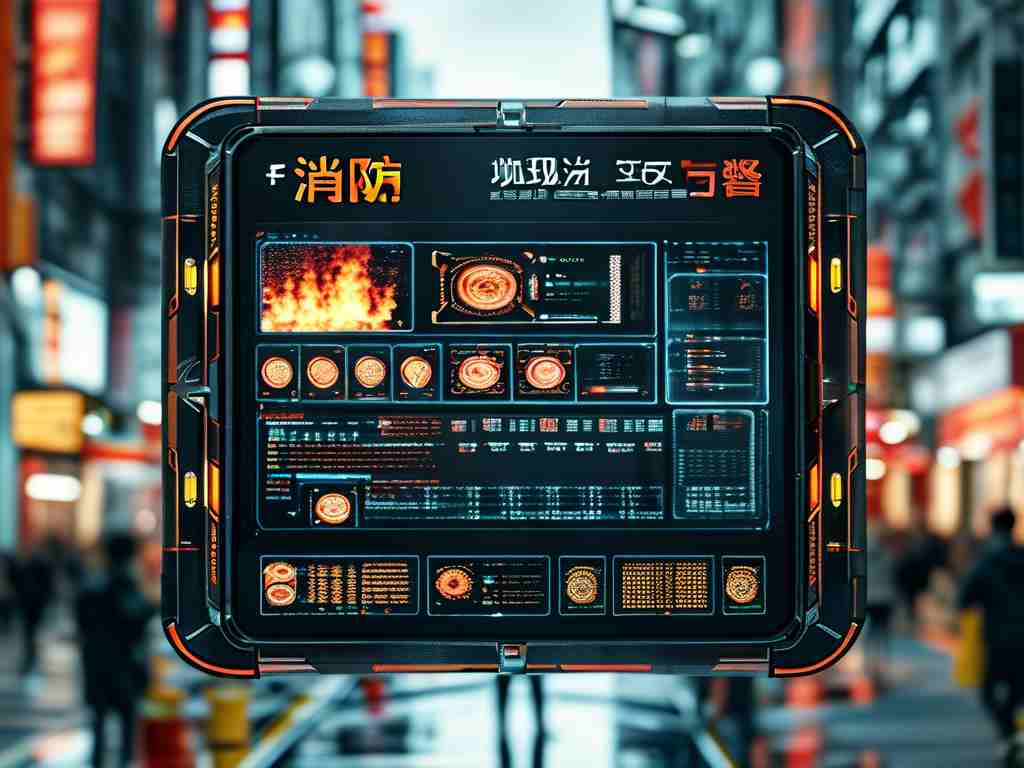The integration of embedded systems into children’s education is no longer a futuristic concept—it’s a present-day necessity. As technology evolves, introducing young learners to embedded development equips them with problem-solving skills, logical thinking, and creativity. This article explores how embedding coding and hardware interaction into early education fosters innovation and prepares kids for a tech-driven future.

Why Embedded Development for Kids?
Embedded systems form the backbone of modern devices, from smart toys to IoT gadgets. Teaching children to understand and manipulate these systems bridges the gap between theoretical STEM concepts and real-world applications. A study by the International Journal of STEM Education (2023) found that students exposed to hands-on embedded projects demonstrated 40% higher retention rates in math and physics compared to traditional learners.
For instance, using beginner-friendly platforms like Arduino or Micro:bit, kids can program LEDs to respond to environmental sensors. This tangible interaction makes abstract coding principles concrete. A simple project—such as creating a temperature-activated fan—teaches conditional logic, circuit design, and debugging.
Tools Tailored for Young Learners
Several tools have emerged to simplify embedded development for children. Scratch-based visual programming interfaces, like those in LEGO Mindstorms, allow kids to drag and drop code blocks while controlling motors and sensors. Meanwhile, platforms like Tinkercad Circuits offer virtual sandboxes for experimenting with hardware without physical components.
Consider this Python snippet for a Raspberry Pi Pico, which lights an LED when a button is pressed:
from machine import Pin
import time
led = Pin(15, Pin.OUT)
button = Pin(14, Pin.IN, Pin.PULL_DOWN)
while True:
if button.value():
led.toggle()
time.sleep(0.2)
Such code introduces basic syntax and hardware interaction in a digestible format.
Building Problem-Solving Mindsets
Embedded projects inherently require iterative testing. When a motor fails to spin or a sensor misreads data, children learn resilience. Educators report that students engaged in embedded development exhibit improved critical thinking—they ask “why” instead of “what” when troubleshooting.
Take the example of a 12-year-old student who redesigned a classroom air quality monitor using an ESP32 board. By integrating a CO2 sensor and Wi-Fi module, they created a real-time dashboard accessible to teachers. This project not only applied coding skills but also emphasized environmental awareness.
Parental and Educational Support
Success hinges on collaborative efforts. Schools must invest in teacher training and affordable hardware, while parents can encourage exploration through STEM kits. Organizations like Code.org and FIRST Robotics provide curricula and competitions to nurture young talent.
Critics argue that embedded development may overwhelm children. However, structured programs that balance complexity with play—such as robotics clubs or hackathons—prove otherwise. The key is incremental challenges: start with blinking LEDs, progress to automated plant-watering systems, and eventually tackle AI-powered devices.
The Road Ahead
By 2030, embedded systems will dominate industries from healthcare to agriculture. Early exposure ensures kids aren’t just consumers of technology but active creators. As one educator noted, “We’re not teaching them to memorize code—we’re teaching them to think like engineers.”
In , embedding development into childhood education cultivates a generation of innovators. With the right tools and guidance, today’s young learners will engineer tomorrow’s breakthroughs.









